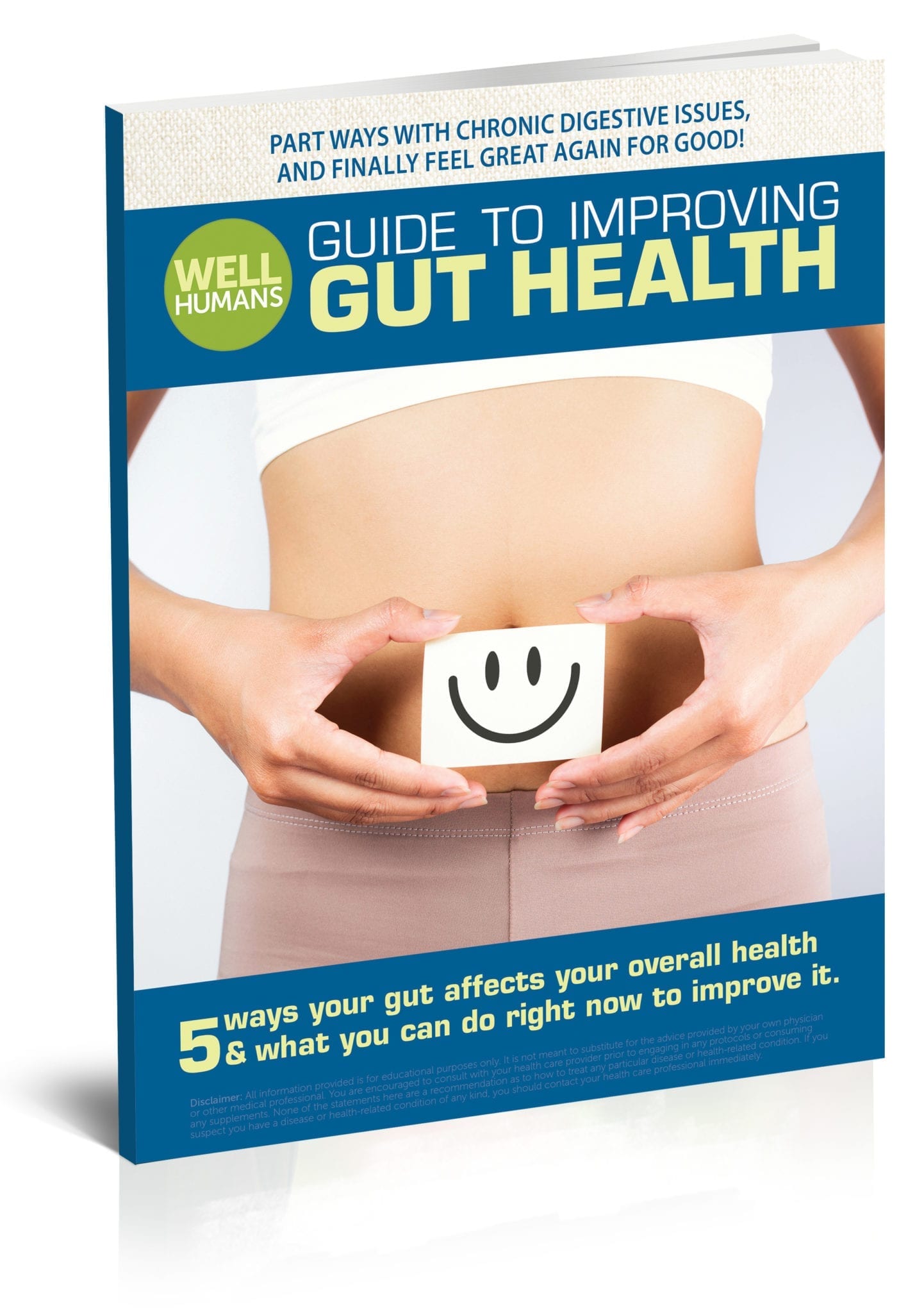YES You Can! Tips for Surviving Your First Week Going Gluten-Free
Tips for Surviving Your First Week Going Gluten-Free
When you get a diagnosis of Celiac disease or gluten sensitivity, the transition period can be the most difficult. Suddenly, half or more of what you love to eat is no longer allowed because it has gluten. This guide can help you survive that first week.
Taking Your First Steps
When you’re beginning a gluten-free diet, it’s important to set yourself up for success, in that you don’t want to allow yourself to get trapped in a corner with unrealistic expectations for yourself. The only question that you might be asking yourself might be, “What do you I need to do if I think I have any issues with gluten?”
Do You Have Celiac?
Having a real, actual diagnosis is a good place to start. The worst thing that you can do for yourself is create a reality where you are suffering from some kind of imaginary illness. This will make it a lot harder to know what is actually causing the problem, and send you in circles trying to figure it out. I’m a big fan of testing and not guessing so you have the data that tells you if you’re Celiac, Non Celiac Gluten Sensitive (NCGS) or not sensitive to gluten at all!
Learn About Gluten
Today a lot of companies post the legally acceptable versions of ingredients rather than the actual list of ingredients. That is because companies have the right to lie about or omit important information given to consumers who might not be so excited about purchasing their chemical-laden products. While not totally illegal, these kinds of practices can harm consumer trust, and along with it, ruin the reputation of companies who are willing to engage in such practices. If you become familiar with the multitude of ways that companies hide the less desirable elements in their food, you’ll be more well equipped to avoid the hidden gluten that might cause you to have any of the issues mentioned here. Some of these secret names appear as hydrolyzed wheat protein, durum, and modified wheat starch.
Get Rid of the Gluten
While it is easy to choose whole, fresh foods that are gluten-free, when you start getting into pantry staples and packaged foods, it is an entirely new experience. Avoiding packaged food entirely is a good practice but to get started on a GF diet, you might substitute your pasta for a rice or lentil pasta instead and your soy sauce for a GF version. You will need to learn how to look for hidden gluten.
Ingredients to Avoid When You Are Cutting Out Gluten
When you’re first learning about the intricacies of the gluten-free diet and lifestyle, it probably seems like you’re going to have to get rid of and avoid an unbelievable amount of foods that you might enjoy. When you’re getting ready to make a major dietary change, the best thing you can do for yourself is to empower yourself with knowledge so that you can find success by fully experiencing the variety and nuances of food. The good news is that there are a lot of great ways to confront these issues, so this article will be primarily focusing on prepackaged ingredients to avoid when you are cutting out gluten.
Condiments
One of the main things that people neglect when looking at a gluten free diet, is that condiments they love can be loaded with gluten. In recent years, the spread of gluten-free has become enough of a fad that it’s become relatively common as a marketing point. Ketchup, mayonnaise, salad dressings, gravy, malt vinegar, marinades, and even soy sauces may contain gluten. You will need to get used to reading labels to look for any ingredients that might have gluten. Just be sure to buy the gluten-free certified versions of your favorite condiments, and you won’t have to worry about it.
Beverages
If you’re on the go or in a hurry in the morning, it can be pretty tempting to grab a flavored coffee for yourself at the gas station on your way to work, but the hidden gluten in those drinks can derail a strict program. Instant drinks, root beer, wine coolers and other convenience drinks of similar type tend to include gluten in their list of ingredients. While having these drinks is a fast way to satisfy some urges, they aren’t usually very healthy, and many of these types of drinks also tend to have a high level of acidity, or cause acidity in the gut. It’s always better to have fresh versions when you can. Here is a list of other names for gluten as it appears on some ingredient labels.
Gluten in Disguise:
- Hydrolyzed malt extract
- Hydrolyzed vegetable protein
- Phytosphingosine extract
- Amino peptide complex
- Secale cereale
- Fermented grain extract
- Hordeum distichon
- Hordeum vulgare
- Hydrolysate
- Maltodextrin
- Brown rice syrup
- Modified food starch
- Hydrolyzed vegetable protein
- Hydrolyzed soy protein
- Caramel color
Keeping Your Kitchen Stocked
If you’re new to the idea of going gluten free, then you’ve probably gotten to the point where you realize that success with restrictive dieting can be difficult when you aren’t prepared. The best way to be prepared is always to set up elements in your life to create the easiest and most efficient ways for you to stay on track. Keeping your kitchen organized and free of foods is just the first step to being successful. The next step would be to make sure that you are stocking your kitchen while on a gluten-free diet.
Gluten-free Carbs
With the ever-growing popularity of gluten-free products, the availability of these products has become relatively common. The majority of stores now have a staggering array of crackers, pastas, and bread products. These products have been created with the singular goal of making sure that a person who is converting to a gluten free lifestyle isn’t going to have a hard time making the switch. Whether you have celiac disease, or simply want to cut back on gluten for other reasons, in the beginning phases keeping these foods on hand will help ensure your success.
Breakfast
One easy way to get your day started would be to get some oats going, but it’s important to know that many companies that produce oats use the same types of equipment to cut wheat, which is one of the primary sources of gluten in foods. This means that these types of ingredients will have to be gluten-free certified so that you don’t damage your diet through cross contaminated foods. Another option that you could utilize might be a food like buckwheat. Think of the combination that you can create with your favorite proteins!
Lunch Time
Sandwiches are a favorite among busy people because they can easily be carried, stored and eaten on the go. It might take a small amount of research, but most people don’t find it very hard to find their favorite gluten free breads that they can use to make awesome sandwich creations that keep them satisfied and ready to face another day.
Dinner
One easy way to get your dinners gluten-free would be to incorporate Paleo meals into your diet. Paleo recipes are all gluten-free because of the combo of vegetable and meat.
Avoid the Common Mistakes
At this stage, it’s possible that you’ve taken all of the bready, sweet, salty bread products and tossed them into the trash as you take one last look before you start your new life as a gluten free person, but as you walk back towards the kitchen, you may find that you really don’t know much about what kinds of foods can have gluten in them before buy them. If you continue reading the next few paragraphs, you’ll find some pointers on which mistakes to avoid when going gluten-free.
Replacing Your Diet with Gluten-Free Junk
It’s one thing to limit yourself to healthy foods that you can eat fresh, but it’s another to sit and get stuffed on gluten-free junk foods that are intended as treats. These items might not contain much of the gluten that you’re trying to avoid, but still contain a measure of fat, salt, sugar and other additives that are used as preservatives. Food manufacturers are well known for creating products that they can market to people with poor impulse control. If you have a health condition like celiac disease, then it’s
more important than even to find fresh foods to eat. This is one way to be absolutely sure of what you’re eating.
Relying on Processed Foods for Gluten-Free Options
In today’s modern world, a large cross-section of young adults have become accustomed to eating high amounts of processed foods. Unfortunately, these habits can often continue right into a new gluten free diet routine because gluten free items exist in nature, but the added value of the words “gluten-free” draw in the curious buyer. The best way to get the nutrients that you need would be to cook your own food, and squeeze your own juices. That way you can prevent yourself from allowing any gluten slip past your watchful eyes.





